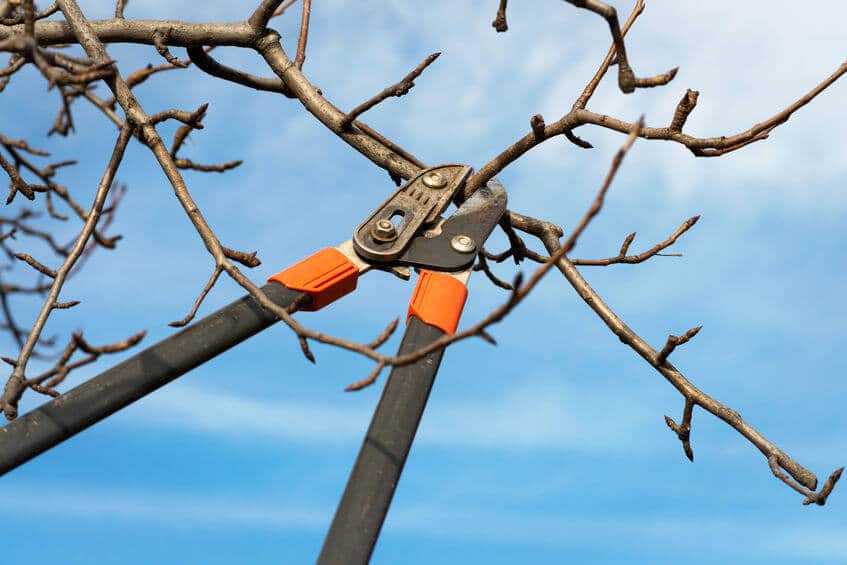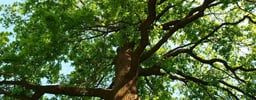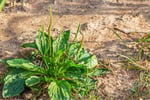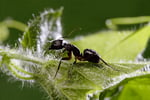When you have Common Chickweed in your lawn, look to Senske Lawn Care professionals for help. Seventy plus years of industry experience, means we’re experts in Chickweed control. Senske’s Promise guarantees our job is done only when you’re satisfied with your Chickweed removal results. We know how to kill Chickweed and prevent it from returning. Call Senske at (877) 944-4007 or click to request an estimate online for FREE!
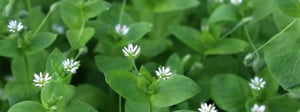
Bermuda Grass
Residential Lawn, Tree, & Pest Control
Some descriptive text here?
Pest Control Program
starting at $93/treatmentFull Service Year Round
*Prices vary by location and property sizes
Lawn Care Program
starting at $52/treatmentComprehensive Treatment
*Prices vary by location and property sizes
Pest Control Program
Starting at $93/treatmentYear Round Protection
Per Treatment for Spraying**
Prices vary by location and property sizes
DENVER LAWN CARE
Senske offers Revive®, a uniquely organic lawn fertilization treatment in Denver, CO. This specialty fertilizer and soil treatment is specially formulated for East Denver lawns.
DENVER PEST CONTROL
Our certified pest control technicians expertly identify pest problems unique to Denver and safely rid your home and property of them. We'll even keep them from returning.
DENVER TREE SERVICE
Our ISA certified arborists know the specific needs of trees and shrubs in Denver, CO. Let Senske protect your property investment and care for your trees.

DENVER LAWN CARE
Senske offers Revive®, a uniquely organic lawn fertilization treatment in Denver, CO. This specialty fertilizer and soil treatment is specially formulated for East Denver lawns.
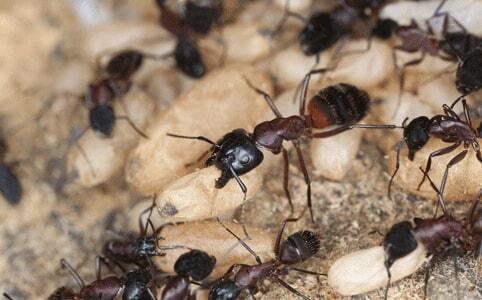
DENVER PEST CONTROL
Our certified pest control technicians expertly identify pest problems unique to Denver and safely rid your home and property of them. We'll even keep them from returning.
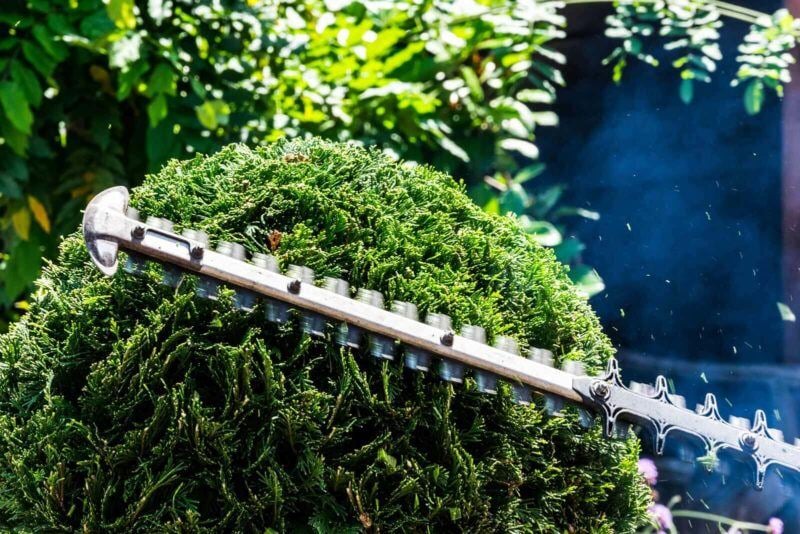
DENVER TREE SERVICE
Our ISA certified arborists know the specific needs of trees and shrubs in Denver, CO. Let Senske protect your property investment and care for your trees.
Do I Need Common Chickweed Killer Services?
It’s possible the dainty flower growing in your yard is stellaria media – a common, noxious weed. Read on to identify common chickweed and learn what you can do about it!
- What is Chickweed (Stellaria Media)?
- What Does Chickweed Look Like?
- How to Prevent Chickweed Plants In Your Lawn
- How to Get Rid of Chickweed
What is Chickweed (Stellaria Media)?
When people say, “Chickweed”, they’re usually referring to Common Chickweed, a winter annual, flowering weed that spreads mostly through seeds and enjoys cooler climates. This prolific, leafy ground cover grows tiny, white, star-shaped flowers that disappear into seeds as the summer progresses.
Chickweed weeds are known to grow at elevations as high as 4,300 feet and produce seeds that can remain dormant for up to 58 years under the ground. Native to Europe, and technically a member of the carnation family, Chickweed is on the list of the United States’ top ten dreaded weeds. It’s highly invasive and frequently found throughout the country.
Is Chickweed Edible?
Some enjoy eating a Chickweed herb from time to time. Though technically edible, Chickweed is hardly worth the headache that can stem from purposefully planting it in your yard or garden. Prolific spreaders, your beautiful lawn and vegetables can be overcome by Chickweed’s growth and its ability to block light from reaching anything below its height.
It Can Be Dangerous for Your Garden
Importantly, Chickweed is known to harbor viruses that can destroy your tomatoes, cucumbers, and other agricultural vegetable species. Chickweed also hosts destructive insects like lygus bugs, mites, and thrips. In short, don’t risk introducing it to your property.
What Does Chickweed Look Like?
Chickweed identification is rather straightforward. Look for a plant that grows low to the ground – just a few inches high. Its small leaves grow opposite one another and are very simple – lacking any serration, scallops, or lobes. Leaves are egg shaped and come to points with light green veins that reflect each other.
Stems and Roots
The stems of Chickweed weeds grow two lines of fine hair that rotate their placement on the stem at each node. When pulled gently, Chickweed has an inner, elastic-like chord that will separate from the sheath. It does not produce a milky sap like other weeds, so if you see anything white leak from the plant, it’s probably not Chickweed. Chickweed roots are fibrous and can link many common Chickweed weeds together.
Chickweed Flower
Chickweed flowers are dainty and sweet (often referred to as “fairy flowers”) – only ⅛” to ¼” in size, and grow from the ends of the stems. Each flower has five elongated petals that look similar to daisy petals. The difference, however, is that the five petals on stellaria media flowers are deeply lobed and often confused for ten. They’re supported by five, light green sepals and have light green centers.
Chickweed vs Mouse Ear Chickweed
Now that you understand how to identify Stellaria Media (Common Chickweed), you’ll easily be able to identify Mouse Ear Chickweed – another species of weedy carnation to avoid. Mouse Ear Chickweed (Cerastium Fontanum) looks similar to Common Chickweed, but spots hairy leaves and stems.
How to Prevent Chickweed Plants In Your Lawn
Common Chickweed will take over your yard, given the opportunity, and is difficult to eradicate without pulling or killing turf as well. To prevent Chickweed from competing with your grass, it’s important you instigate a lawn-care program.
Regular Lawn Maintenance
Deep, infrequent waterings will keep your grass green and allow the thatch layer time to dry out. Raking dry thatch to make room for new grass growth is important. Aeration, overseeding, and slow-release fertilizers will help ensure your lawn forms deep roots and crowds out weeds. Try to remember to mow high (between 3” – 4”), and watch for any signs of new weed growth.
Hand Pulling when Young
You may attempt to hand-pull Chickweed from the roots before it’s flowered. Pull gently! Any roots broken off and left in the soil can regerminate and start your troubles all over again. For larger applications, or if Chickweed flowers have already bloomed, a Chickweed herbicide (combined with mechanical approaches and an overhaul to your lawn care routine) may be required to totally eradicate Chickweed weed. For that, you’ll need excellent lawn care professionals.
How to Get Rid of Chickweed
Many wonder, “How do I get rid of Chickweed?”. Aggressive weeds of this type might require the help of a Senske Lawn Care Professional. Due to the nature of the Chickweed lifecycle, a multi-step approach will be the best way to kill Chickweed. The best Chickweed killer you have at your disposal is a Senske Lawn Care professional. Our experts understand how to identify common Chickweed weeds, locate problem areas, diagnose Chickweed causes, and apply a proven approach to help you get total Chickweed control. More than that, we’ll teach you the proper steps to take to avoid the problem from ever taking root again. In short, we know how to kill Chickweed and keep it from coming back.
The Best Chickweed Control
Weeds, Lawn & Tree Diseases, and Pests to Look Out For
Weeds Common for Denver
Senske lawn care and tree service treatments in Denver East enables a greener lawns, healthy trees and shrubs without the hassles and time commitment needed to maintain it yourself. We’ll also help remove weeds, treat lawn and tree diseases and problem areas. Senske Services has been providing residential and commercial lawn care services to communities in the Northwest since 1947.
Our Denver East and surrounding communities lawn care services reflect our commitment to quality in all aspects of lawn maintenance. Learn more about Denver East weed and lawn diseases we solve:

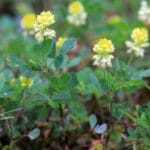
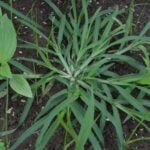
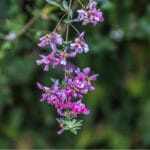






Find Out About Other Weeds, Lawn & Tree Diseases, and Pests to Look Out For
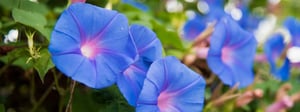
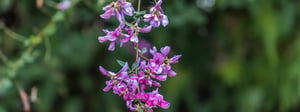
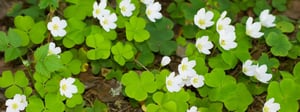

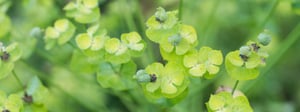
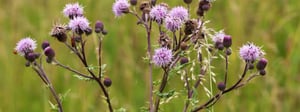

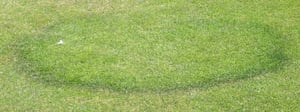
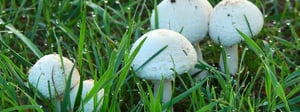
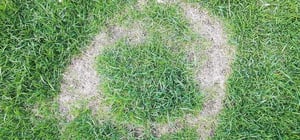
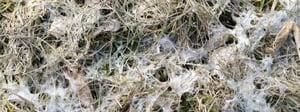

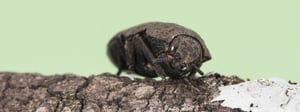
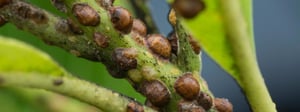
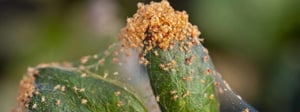
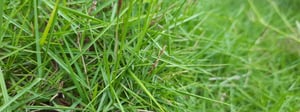

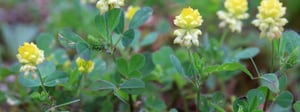
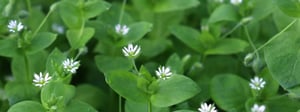

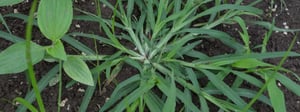
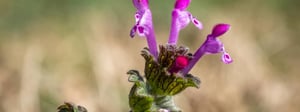

How can we help you?
100% Guaranteed Results
Get a Free Estimate Today
Make your yard the greenest on the block and enjoy a home free from pests, all delivered by courteous, & professional techs.Great service!
Jason did a nice job on our Christmas lights. The crew arrived on schedule and accommodated my special requests. They even wired up a few of my yard decorations without my asking them. Thank you!
Very Professional!
“Max calls ahead, comes early in the day, and answers all my questions. He’s very professional!"Extremely Pleased!
“I have been extremely pleased with this service, my lawn has literally gone from drab to fab. Steve serviced the lawn today and as always, let's me know he is here (per my request) tells me follow up steps and then is on his way to do the service."Thankful for Senske!
“I am thankful my neighbor recommended Senske services, as a single mom, I do not have time, or energy to fix my lawn, so I hired the pros. Definitely worth it and very reasonable costs. Much appreciated."The Dirt
Find out more on our blog.


